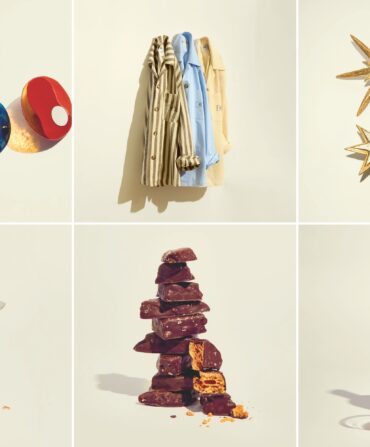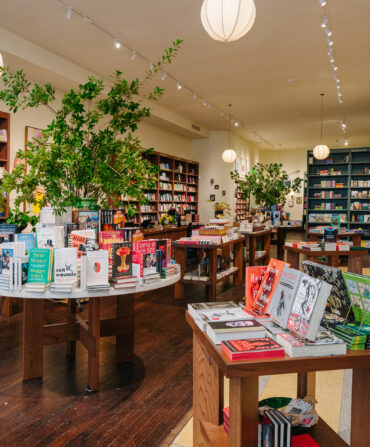Land & Conservation
James Prosek’s Canvas of Grass
The native prairies of Texas—both remnant and restored—shift an artist’s perspective and inspire
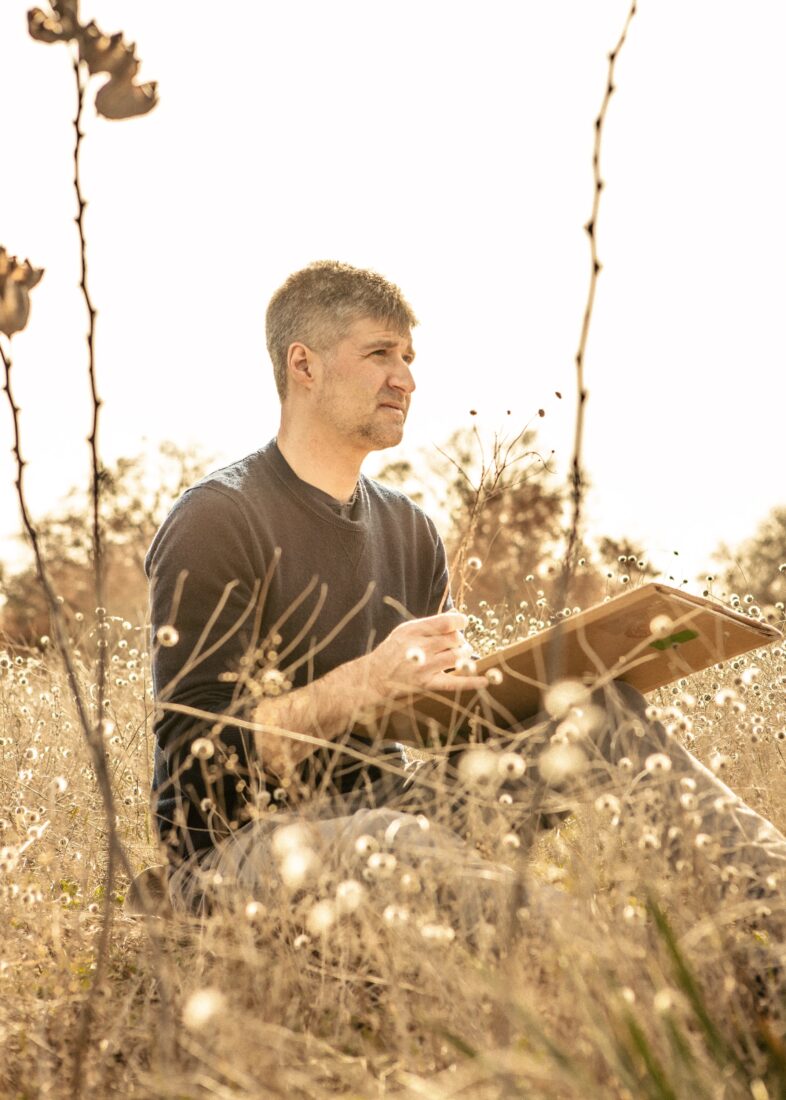
Photo: Fredrik Brodén
Shield Ranch lies in the heart of Barton Creek watershed, critical to the Edwards Aquifer, a major water source for Central Texas. Blake Murden, the 6,400-acre property’s CEO and manager, was driving us over the expanse in his pickup, stopping to show me and two curators from Fort Worth’s Amon Carter Museum of American Art, Maggie Adler and Spencer Wigmore, clear turquoise streams teeming with Guadalupe bass and a vast habitat restoration in progress.
This was fall of 2020, my first exploratory trip for an exhibition commissioned by Adler and Wigmore, whom I had first met after lending work for a group show at the Carter. The museum has a history of engaging contemporary artists in projects related to Texas. Much of the state was at one time prairie, but most of it has been plowed, overgrazed, carved up, and developed. Remnants of that once-dominant ecosystem—complex communities of native grasses and wildflower species—are rare. In the Gulf Coast region, for instance, once several million acres of contiguous coastal tallgrass prairie where bison roamed, only a few hundred acres remain.
The exhibition they proposed, one focused on these grasslands, thrilled me. Over my decades as an artist, I’ve often dug into the unseen corners of nature, ignored or forgotten beauty, to create my paintings, drawings, and sculptures. But, I confessed, as a native New Englander, I knew nothing about grass. So there we were in the Hill Country at Shield for my introduction—or, rather, what turned into an awakening.
Since the project there had begun some eighty years ago, Murden explained, the stewardship efforts had resulted in a gradual restoration of the rangelands to a mosaic of habitats that nurture a host of native plants and wildlife. The roots of the native prairie grasses—big bluestem, little bluestem, switchgrass, and Indian grass—descended eight feet or more, absorbing groundwater after a rain so that, instead of racing off the soil and rock, it seeped slowly down. The land, degraded for many years by overgrazing and fire suppression before the Shield family purchased the ranch in 1938, has now come back to life.
Murden parked the truck by a tall stand of Indian grass planted years prior. It was September, and the little blossoms springing from the tops of the grasses created a sea of glittering gold, their stalks a gorgeous, hazy blue-green. Enraptured, Murden spoke of the stand, glowing like a metallic sun, with the pride of a parent.
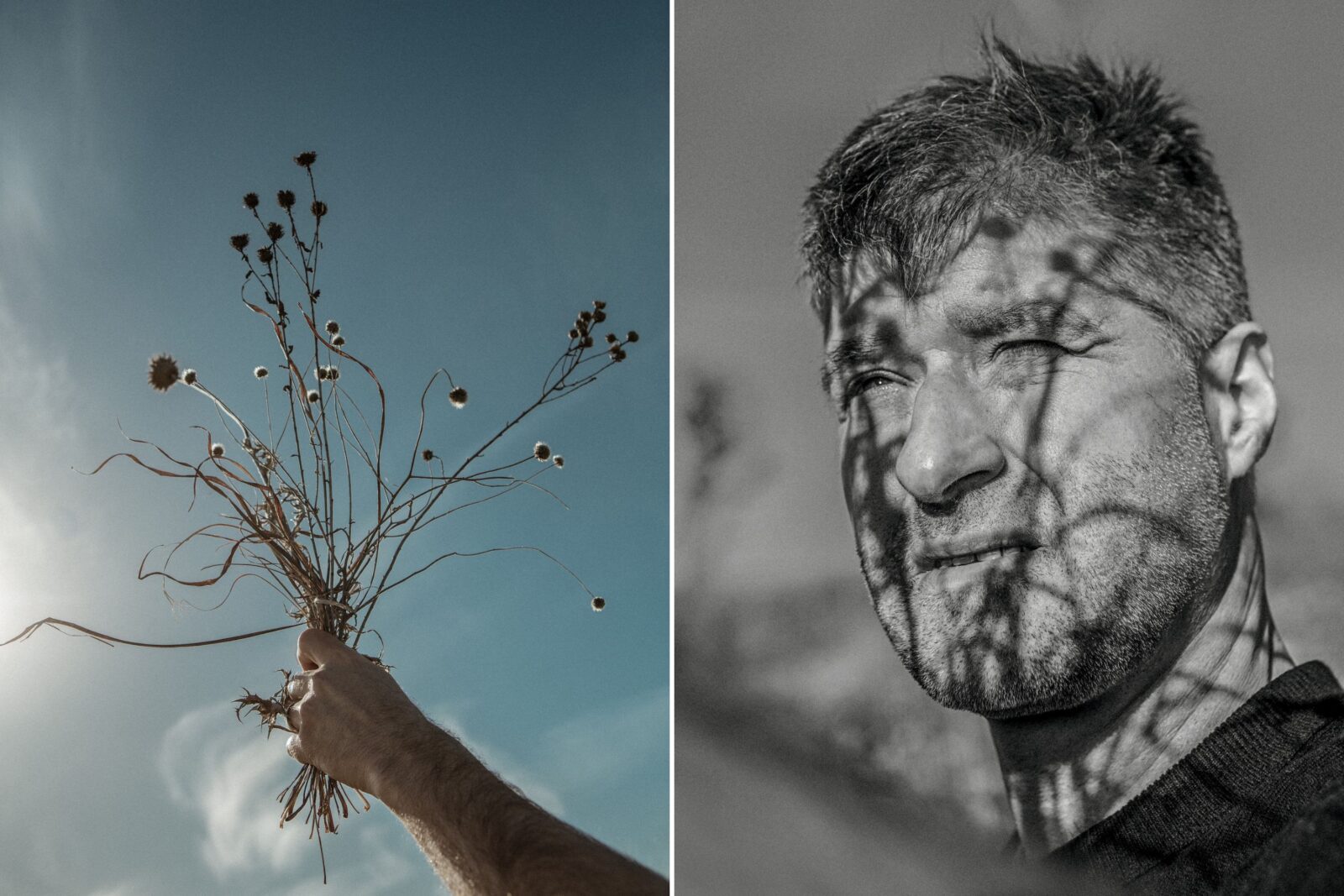
Photo: Fredrik Brodén
Prosek with pieces of big bluestem and seed heads of Indian blanket, gumweed, bee balm, and American basket flower.
Restoration, after all, is intense work. Farther west, at Bamberger Ranch Preserve, the 5,500-acre site had been painstakingly cleared of cedar elm, red cedar, bois d’arc, hackberry, honey locust, and sumac to make way for grasses again. Natural forces would historically have suppressed these types of trees and woody shrubs, though they are native: large herds of migratory herbivores—like bison, elk, pronghorn, and deer—and fire, both from lightning and at the hand of Native Americans.
The passion of our guides that trip—among them landscape architects, conservationists, ecologists, ranch owners, cattlemen, and cattlewomen—was contagious. They all spoke with reverence about the things that made grasses great. The way their roots retained precious water reserves, the forage they provided for grazing animals, the shelter they offered for ground-nesting birds like meadowlarks and dickcissels, food in the form of seeds. I couldn’t wait to get started.
Where I grew up and live in tree-abundant Connecticut, grass is just the stuff of highway medians, hay meadows, or, dare I say, lawns. With the Texas trip, my perspective had shifted completely. I had stared at a single, six-foot-tall big bluestem, contemplating how to paint what I beheld—leaves twisted and cascading off the stalk like script, a range of violet, magenta, pale yellow, and greens, covered with a glaucous bloom. The grasses were elegant, calligraphic, elemental. Held up against the sun, they made beautiful silhouettes.
These same species, the Texas experts had said, were also native to New England. When I returned home, I learned that the grasses growing in the meadows beside my home were mostly orchard grass and timothy, non-native hay crops introduced from Europe as early as the eighteenth century. But I had a vague memory from my childhood in the eighties of native grasses growing around here, on parts of farms too rocky to plow and lightly grazed by dairy cows, on hillsides spotted with red cedars. I finally found them: little bluestem on our property and all four of the major species in a meadow behind a nearby middle school. Vestiges of an ancient ecosystem.
Grasses respond with vigor to the dual traumas of burning and grazing. To augment those set by lightning, Indigenous people here in New England and across America managed the land for thousands of years with fires, creating more grassland habitat to sustain grazing animals. Or as Jaime González, an employee of the Nature Conservancy in Texas, told me as we walked a small remnant prairie outside Houston, “Basically, the Indians were bison ranchers.” But unlike modern farming and agriculture, which tend to reduce biodiversity by focusing on a handful of crops or livestock, Indigenous methods provoked more biodiversity. Burning in forests, for instance, created clearings that let in sunlight and new edges to the landscape, transitional areas between grasslands and woodlands that sustained a multitude of bird and insect species. A more intricate collage of habitats dawned, and the prairies ran unbounded, unhindered.
That is, until European colonists came with new views of land ownership. The settlers drew lines and defended them. Built permanent homes. Put up fences.
I took more trips, back to Texas, of course, and to Oklahoma, Missouri, Arkansas, and Iowa, walking some of the few prairies we have left—those that survived by accident, or were kept open for power lines, or were left along railroads and fence-rows and in cemeteries. And I began to think of how to make art from what I was learning and experiencing.
One body of work I went on to create for the Carter exhibition features portraits of individual grasses and wildflowers with their corresponding shadows. Since some of the grasses rise over eight feet, and the tables I used to bear down on while painting en plein air during the day, or in sheds or motels at night, were too small, by necessity I had to extend the same specimen over several sheets of paper. The tall grasses began to cross the boundaries of the paper edges, serendipitously expressing, I realized, the fragmentation of the land that has occurred over the past two centuries—and that even still, nature will trespass back across those boundaries when given the chance.
Grasslands are subtle landscapes. Without my keen Texas guides to instruct me, I never would have understood what I was seeing. The prairie paintbrush blooming, the Spiranthes orchids, the rangy purple Liatris, nearly invisible in the blur of tall grasses, would have gone unnoticed.
Matt White, a gentle man from Campbell in East Texas, with a deep knowledge of prairie plants and American history, became my primary teacher. Early in our friendship, he took me to a small remnant prairie outside Farmersville that had burned the previous season. It was as though we were walking through a botanical garden. The fire seemed to have tamed the plants to grow in their own little spaces, each surrounded by a halo: false indigo, rattlesnake master, purple coneflower, Indian blanket, Eastern gama grass. In North Texas, he led me into a cemetery surrounded by a barbed wire fence where ancient prairie grasses and wildflowers still thrived amid the bois d’arc grave markers.
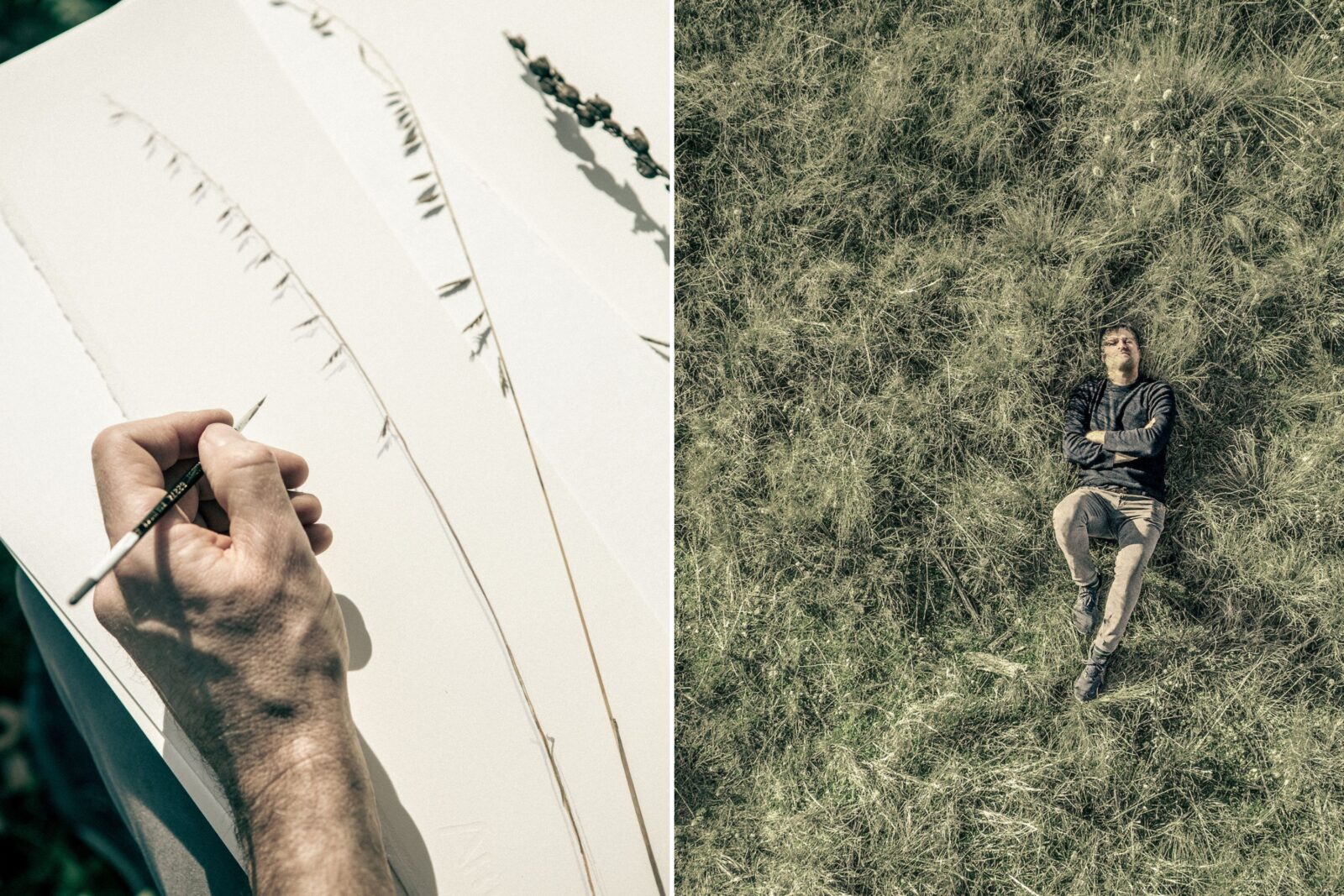
Photo: Fredrik Brodén
At rest and at work in the meadow.
Each time we visited one of these postage-stamp remnants, the air felt and smelled different and the songs of the grassland birds seemed to materialize out of a dream: meadowlarks, bobolinks, Bell’s vireos, bobwhites, dickcissels. They were like time machines, in a sense, windows into a distant past as described by pioneers like Willa Cather, who witnessed the land’s conversion from the “red grass,” as she called the native bunchgrasses, to corn and wheat. And although the bison no longer roam the continent in massive herds, in a way they are still present, genetically imprinted on prairie grasses that evolved under their influence. That memory is part of what I feel when I walk a prairie, the weight of cumulative time.
Painting the violet shadows of the grasses on paper in watercolors evoked those themes of presence and absence. You can read so much detail in a shadow, even though the dimensionality and color of the object it reflects are removed. Art, stories, song, all are ways of preserving a past we can no longer visit, of making the ephemeral permanent.
Altogether, I created twenty-eight works for what became Trespassers: James Prosek and the Texas Prairie, on display at the Amon Carter through May 12: eighteen of those watercolor portraits of grasses; a mural of silhouettes of the grasslands of Texas, from east to west; an eight-by-eight-foot silhouette painting of native prairie species; and five trompe l’oeil clay-and-bronze sculptures of wildflowers, including one called Burned Log with Flowers (Texas Paintbrush).
I’d first fallen in love with plants of the genus Castilleja, known by the common name of Indian paintbrush, in the mountains of Wyoming, where it is the state flower. I didn’t realize until this project, though, that the paintbrush is more of a grassland plant—the grassland just happened to be in the mountains, because the climate up there was too harsh for trees.
Paintbrushes are hemiparasitic, attaching their roots to those of other plants, often grasses, to get some of their nutrients. Their bracts look as though they’ve been dipped in paint, hence their name, which always appealed to me as an artist. Another common name for them, prairie fire, comes from many species’ bright red or yellow or orangey blooms and bracts that grow and flower in tight bunches resembling flames. In fact, paintbrushes depend on species that depend on fire and are therefore a signature prairie plant.
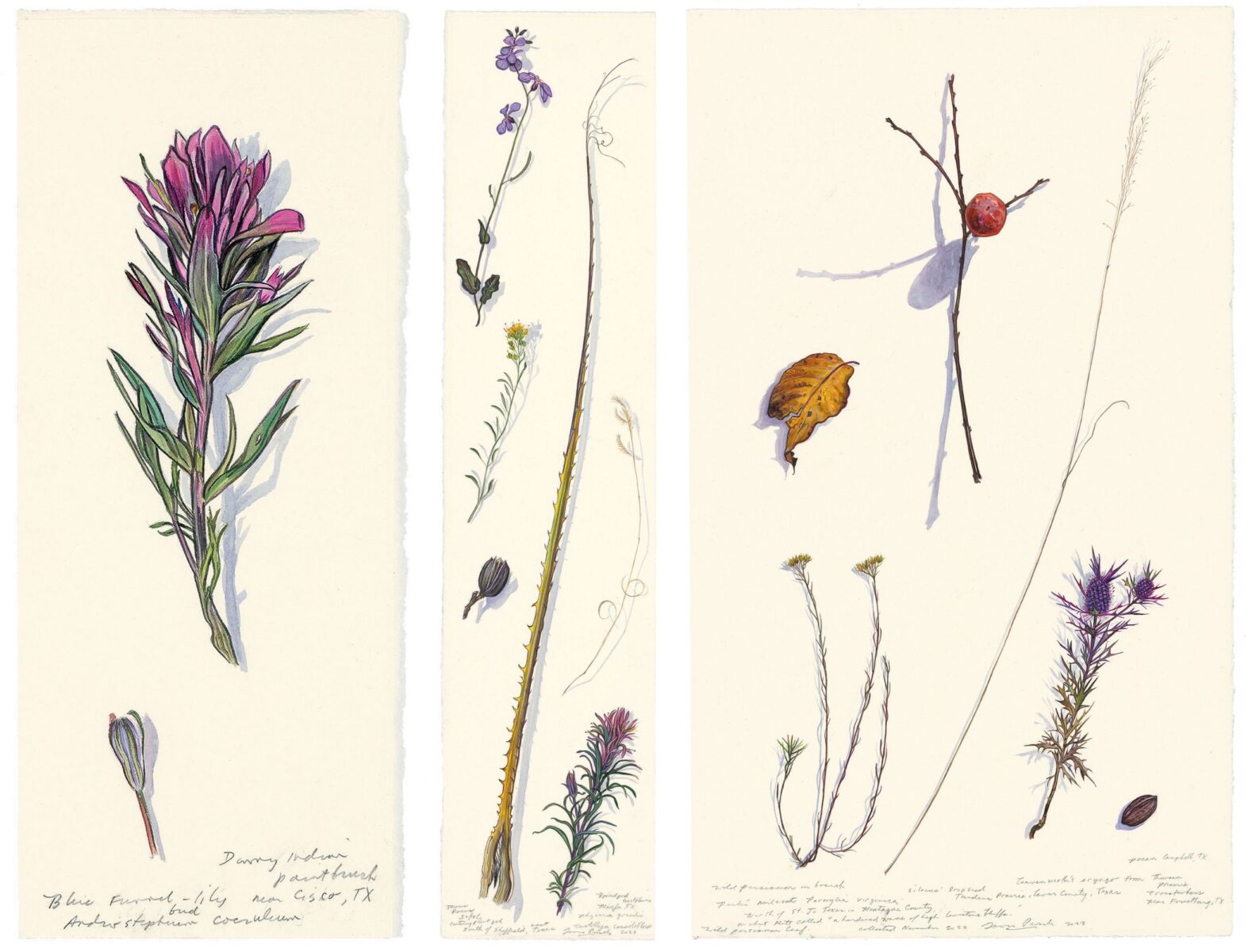
Photo: courtesy of James Prosek and Waqas Wajahat, New York, from <i>James Prosek: Grasslands</i>, Rizzoli, 2024
From left: Detail of Downy Indian Paintbrush, Texas Bluebonnet, Prickly Pear Cactus, Ozona and Marfa, Texas (Specific Objects No. 2), March 2023; Sotol Leaf and Paintbrush, Trans-Pecos, Marfa, West Texas, March 2023; Wild Persimmon and Eryngo, Cross Timbers, Thomsen Prairie, Montague County, Texas, November 2022; and New England Blazing Star, Chinkapin Oak, Fen Grass of Parnassus, Bethel, Connecticut, August 2023.
One native paintbrush species, Castilleja coccinea, once flourished in New England, and I wanted to find a live specimen to paint for the exhibition. However, the state botanist of Connecticut, the plant’s last stronghold, informed me that the species had all but vanished. Last year, his team had documented only one known blooming population. I found pressed and dried specimens at the natural history museum at Yale, the Peabody, almost all collected in the latter half of the nineteenth century. A handful were from the first years of the twentieth. By the time I was born, in the mid-seventies, the prairie fire had been all but extinguished.
These revelations sparked conservation questions. When we do restoration work like the kind I saw in Texas, what are we returning the land to? Not a wilderness untouched by humans but a landscape made by humans in partnership with the existing organisms.
Three springs ago, I cleared as best I could a quarter acre of a meadow on our property of non-native species. I bought native grass seeds and small plants from a nursery in southern Massachusetts that collects seeds of wild local populations. Big bluestem like I saw in Texas grew, and I could watch it through the seasons. Then the January before last, I burned the meadow, mowing a low path around it to serve as a firebreak and lighting it all with a propane torch. The dried grasses exploded into flames, the switchgrass crackling into red embers, leaving black earth behind.
The following summer, as the warm-season grasses began to emerge, the area buzzed. At dusk, the sounds of insects arose in chorus, and small fledgling winter wrens and various sparrows launched up from the grasses whenever I walked through. There is a richness now to the patch. Layers of color and form. Perhaps the greatest art, and best legacy, the project inspired.


